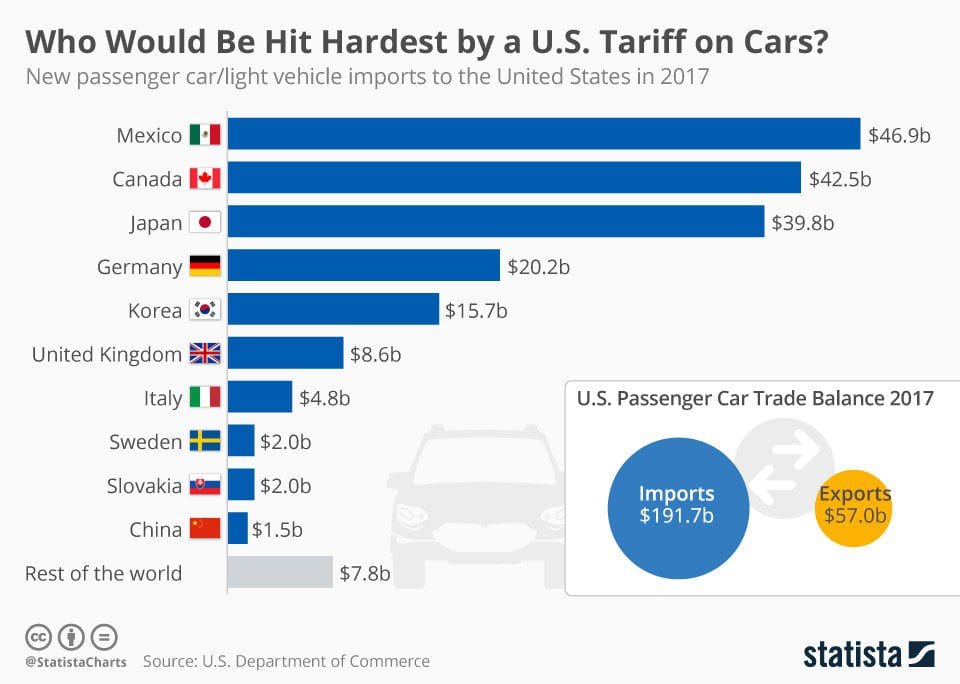
US tariffs, EV slowdown pose global hurdles for Indian auto
Navigating Global Challenges: How US Tariffs and EV Slowdown Impact India’s Automotive Industry

The Indian automotive sector is currently facing significant challenges stemming from new U.S. tariffs and a deceleration in the electric vehicle (EV) market. These factors are influencing production costs, market dynamics, and the strategic direction of automakers.
Impact of U.S. Tariffs on Indian Automakers
On March 27, 2025, President Donald Trump announced a 25% tariff on all imported automobiles and auto parts, effective April 2 for cars and light trucks, and May 3 for auto parts. This policy has adversely affected Indian automakers, notably Tata Motors, the parent company of Jaguar Land Rover (JLR). Tata Motors’ shares plummeted by 5%, while suppliers like Sona Comstar experienced a 4% decline. The ripple effect extended to other Indian suppliers for companies like Tesla, including Samvardhana Motherson and Bharat Forge.

India’s Strategic Measures to Mitigate Tariff Impacts
In response to potential trade tensions, India has implemented several measures aimed at appeasing U.S. concerns and reducing the likelihood of tariffs:
-
Increasing Energy and Defense Imports: India plans to boost its energy imports from the U.S. from $15 billion to $25 billion and is considering the procurement of advanced defense equipment, including F-35 stealth fighters.
-
Eliminating Digital Advertisement Tax: To attract U.S. tech giants like Google, Meta, and Amazon, India has removed the 6% tax on digital advertisements, effective April 1.
-
Reducing Import Tariffs: Import duties on products such as luxury cars, solar cells, and machinery have been decreased, with peak tariffs now at 70%, down from 150%.
Challenges in the Electric Vehicle Market
The EV segment, once a beacon of growth, is now experiencing a slowdown. Factors contributing to this deceleration include:
-
Infrastructure Deficiencies: Insufficient charging stations and support infrastructure hinder widespread EV adoption.
-
High Initial Costs: Despite long-term savings, the upfront cost of EVs remains a barrier for many consumers.
-
Range Anxiety: Potential buyers express concerns over the driving range of EVs on a single charge.
Strategic Focus on Sustainable Mobility
To counteract these challenges and promote sustainable mobility, stakeholders are focusing on:
-
Enhancing Charging Infrastructure: Expanding the network of charging stations to alleviate range anxiety.
-
Incentivizing Purchases: Implementing subsidies and tax breaks to make EVs more affordable.
-
Collaborative Research: Encouraging partnerships between automakers and tech firms to innovate and improve EV technology.
Conclusion
The convergence of U.S. tariffs and a cooling EV market presents formidable challenges for India’s automotive industry. However, with strategic policy adjustments, infrastructure development, and a renewed focus on sustainable mobility, the sector can navigate these hurdles and continue its growth trajectory.




